An Ekphrasis of Carlo Crivelli’s The Vision of the Blessed Gabriele
Amanda Hilliam
To cite this contribution:
Hilliam, Amanda. ‘An Ekphrasis of Carlo Crivelli’s The Vision of the Blessed Gabriele.’ In response to Naomi Vogt, ‘Seeing First and Then Still: Art Historians and Objects,’ OAR Issue 0 (2016). OAR: The Oxford Artistic and Practice Based Research Platform Issue 0 (2016), http://www.oarplatform.com/response/an-ekphrasis-of-carlo-crivellis-the-vision-of-the-blessed-gabriele/.
The Vision of the Blessed Gabriele (Fig.1) is a painting hanging in room 59 of the Sainsbury Wing in London’s National Gallery. It was painted in tempera grassa (a mixture of egg and oil) on poplar panel by Carlo Crivelli (c.1430/5 – c.1494) in about 1489 and was first displayed in the Church of San Francesco ad Alto in Ancona, Italy. We know many things about this painting; we know that the kneeling figure is a Franciscan friar, that his name was Gabriele Ferretti and that he died in 1456. We know that this painting was made to accompany his tomb, which was rebuilt in 1489 after the Pope confirmed his venerable status. We know and recognise most of the elements in the picture: a robed, kneeling man who has removed his shoes to pray before a vision of the Virgin and Child; a church with classically-inspired architecture; a rocky outcrop; a duckling. We know many things, but the painting remains largely enigmatic. Is the fruit draped across the top the picture part of the painted scene or somehow separate from it? To which realm do the Virgin and Child belong? Why does the cloaked head of another friar appear curiously oversized within the receding landscape?
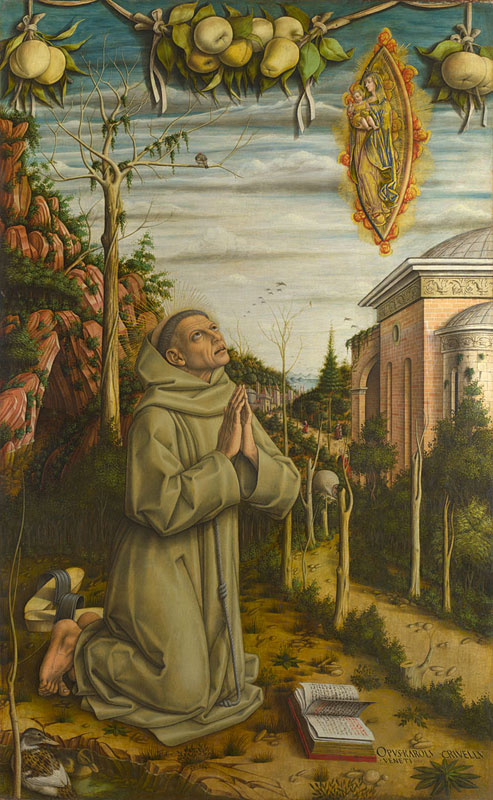
Fig. 1. Carlo Crivelli, The Vision of the Blessed Gabriele, c. 1489, egg and oil on poplar, 141 × 87 cm, © The National Gallery, London.
There are numerous ways in which the art historian might begin to explore these questions, but rarely would they rely upon their own response to encountering the painting as a way of generating meaning. This begins to seem like a missed opportunity if we consider that Crivelli, the first beholders of his painting and the present-day viewer, all looked and look at the same visual object with the same sensory equipment. Even the most basic of responses must, therefore, possess an element of truth. If we were prepared to invest more trust both in the ability of the art object to have an effect, and in ourselves to respond to this effect, then the study of art might appeal to a wider range of people.1
When, in 1972, Michael Baxandall codified the notion of the ‘period eye’, whereby an individual’s or a society’s visual vocabulary comes to bear on their reception of an image, he set in motion a method in art history which still remains largely dominant today, at least where historical objects are concerned.2 The idea that by reconstructing aspects of the cultural surroundings of an artist and his first audience, truths may be uncovered regarding the visual objects that still occupy physical space in our landscape today, is widely acknowledged. However, the possibility that our own (albeit educated) responses to these visual objects might be valid modes of inquiry, just as valid as the responses of the first beholders, has been little considered. Several art historians, including Keith Moxey and T.J. Clark, have reacted against social histories of objects, privileging, instead, an attentiveness to the contemporary ‘presence’ of the work of art.3 For Moxey, this involves drawing upon our ‘phenomenological response to [an object’s] material existence’, as well as more traditional iconographic or iconological approaches, in order to locate the work of art not only in the past, but also firmly in the present. According to Moxey,
the unmistakable evidence that the painting is an object, that its capacity for illusion is limited by our desire to believe in it, suggests that if the painting has a time, it lies not in its nonexistent narrative so much as in its capacity to provoke a response in the observer. In doing so it asserts that its presence belongs as much to the present as to the past. 4
Education professionals in museums have come far in exploring new and innovative ways for the public to experience and participate with art. At the National Gallery in London, a current series of events focuses on ways of seeing: an evening of ‘looking without talking’ encourages participants to sit in silence in front of seventeenth-century Dutch paintings in order to achieve ‘a meditative, slower viewing experience’;5 the workshop ‘learning to look’ teaches the public ‘what to look at, where to stand, how to look and how long to look for.’6 What can we, as art historians, learn from this type of practice?
In her article for this issue, Naomi Vogt invokes the art historian to ‘inquire’ rather than ‘represent’ through ekphrastic response. For Vogt, inquiring implies recognizing that art itself is primarily an inquiry, acknowledging, like Moxey, that art and artefacts can be ‘social and material agents in the world’; meanwhile, representing means to describe the appearance and historical context of a work of art, to re-present what has already been presented – which, at the same time, can be desirable. But in doing only that, suggests Vogt, we are in danger both of limiting our understanding of art and of underestimating art’s capacity to activate the viewer. In what follows, I attempt an ekphrastic inquiry into Crivelli’s The Vision of the Blessed Gabriele. I rely on my ability to see and describe to draw conclusions about the painting. Although I have prior knowledge of the artist and the cultural context in which he worked, my looking will be the sole form of research for the purpose of this task. There were two phases to my research. I spent forty minutes with the painting, taking notes from this encounter, which I later substantiated with my response to viewing a digital image of the painting. In my writing, these two phases are kept distinct.
1. In the gallery
I’ve encountered this painting many times before, but never with the express intent of interrogating it on the spot. Rather than read the image and its iconography systematically, as I might do on other occasions, I focus on my encounter with the object and its physical qualities. The panel itself has assumed a gentle curve, normal in early paintings on wood, but here it has the curious effect of giving a dimensional substance to the image; the saint, at the near-centre of the image, projects forwards very slightly, while the foliage and architecture recede. The tempera surface is exquisitely smooth but splintered with a shell-like craquelure. As I move, the gallery lighting illuminates different thicknesses of paint. I notice that the foliage, for example, appears bodied and three-dimensional; the rays of light emanating from the friar’s head are in relief (Fig.2). I sense the application of liquid paint with the brush.
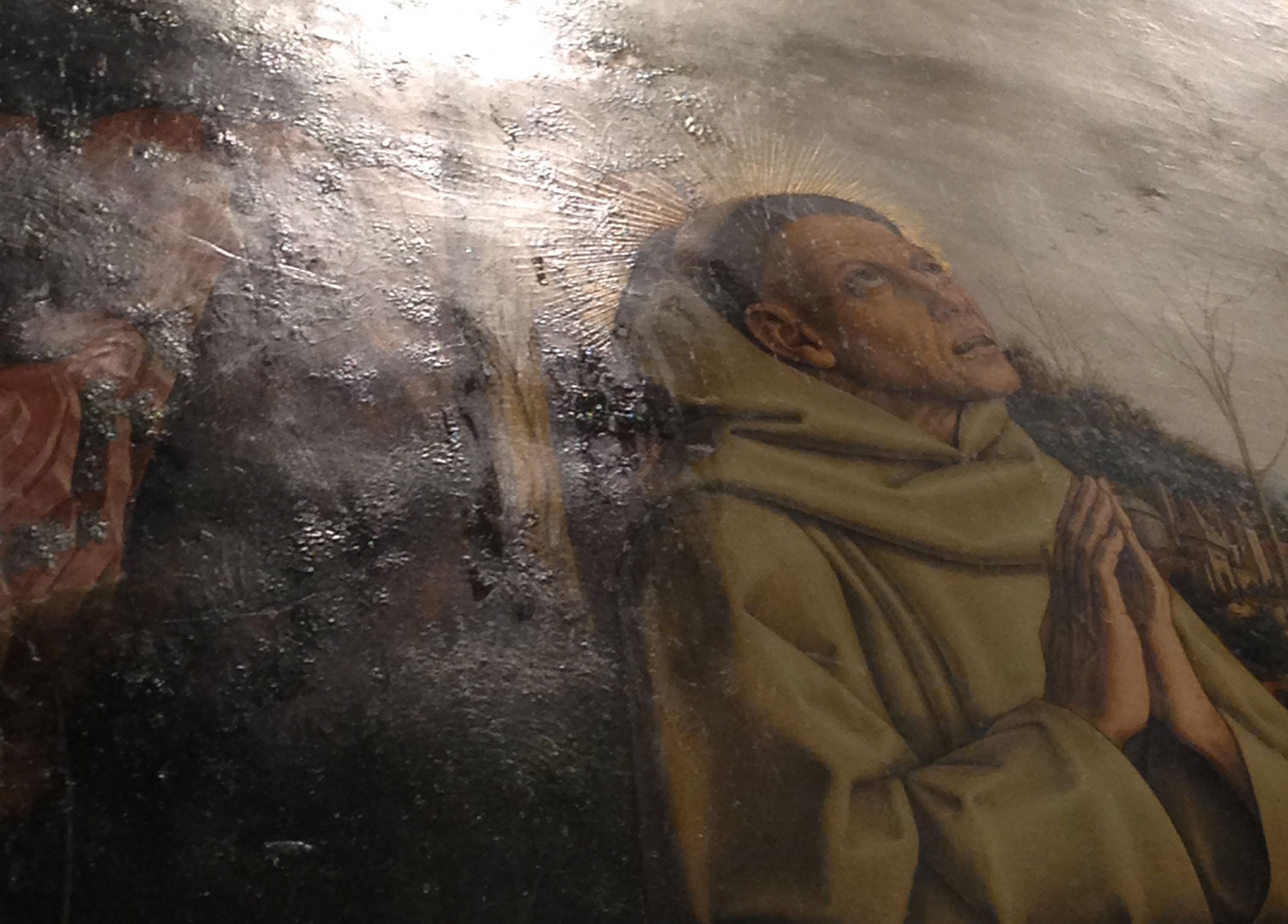
Fig. 2. Detail of The Vision of the Blessed Gabriele showing raised passages of paint and mordant gilding in reflected light. Photograph taken by the author.
The image is dense and saturated both in colour and detail; a narrative scene in a landscape, it is quite different from the other paintings by Crivelli hanging in room 59, all of which, with the exception of The Annunciation with Saint Emidius, have gold leaf backgrounds that reflect the light. While these iconic paintings reflect and project, The Vision of the Blessed Gabriele absorbs. The colours of the architecturally-structured Annunciation are lighter and pastel-toned; here, they are rich and evoke the opulence of the natural world and the friar’s heavenly vision. He is a lowly figure, bare-foot and dressed in his brown habit, but the lush, green landscape and towering, sedimentary sky, the gold-leaf rays emanating from his head and from the Virgin and Child, indicate his immense spiritual riches. It is a neatly self-contained world whose perfection mirrors the perfection of the friar’s vision. Even though the image possesses a wealth of hyper-realistic detail, there is little about it that resembles reality. Objects and their surroundings do not behave in the way we would expect, and the relationship between the image, its surface and beyond is ambiguous.
The friar appears to me roughly half life size; although, bearing in mind the slight medieval stature and the friar’s ascetic lifestyle, perhaps I can describe him as three-quarter size. This places him in somatic relation to me, the viewer, and yet his surroundings recede at an unimaginable rate, so that the bare tree trunks lining the path just behind him appear miniature in comparison. The sprigs of grass at the friar’s feet are the same scale as those by the trunks, which gives a sense of the short distance between the friar and the trunks. Were the trunks in proportion, they would be towering over the friar’s head. Instead, they are the size of sticks, and yet they cannot be sticks as the trunks are imbedded in the ground by their roots and have the characteristics of fully-grown trees. Just as I begin to think that perhaps I have misunderstood the painting’s perspectival logic, I notice the oversized hooded friar’s head in the foliage and it occurs to me that the painting possesses two logics: that of the landscape and that of the figures. I don’t think that this ambivalence is an inaccuracy, nor do I think that it is arbitrary. Crivelli has placed the friar’s hooded head (in proportion to the kneeling friar in the foreground) within the seemingly distant foliage to show us, through metaphor, that it is entirely possible for man to occupy a different realm to nature, just as it is entirely possible for man to witness a vision of God. What I see is impossible, and yet, there it is before me. But perhaps only those who have faith in the seemingly impossible can access the spiritual realm, for the figures in the distance – a turbaned figure in conversation with a merchant, women going about their daily business – are much smaller in comparison with the tree trunks that line the path. They are scaled to the landscape and are not privy to the effusive spiritual wealth belonging to the two friars.
The festoon of fruit hanging at the top of the painting casts a shadow onto the sky. The fruits are larger in scale than the friars and therefore appear life-size. The scale of the golden mandorla containing the vision of the Virgin and Child is beyond description and it has become impossible for me to articulate all of the painting’s dimensions. If the fruits belong to our world, and the painting is but a painted wooden surface, upon which physical objects can cast a shadow, then who or what is responsible for this artifice? The answer is in the letters inscribed upon the receding ground at the lower right. I step away and sit on the bench in the middle of the gallery, where I have a view simultaneously of the painting and the far end of the Sainsbury Wing, where Pollaiuolo’s monumental The Martyrdom of Saint Sebastian hangs. From this vantage point, both paintings appear almost the same size, and I notice that the triangular figurative action of Pollaiuolo’s Martyrdom is an inversion of the the shape of the sky in The Vision of the Blessed Gabriele (Fig. 3).
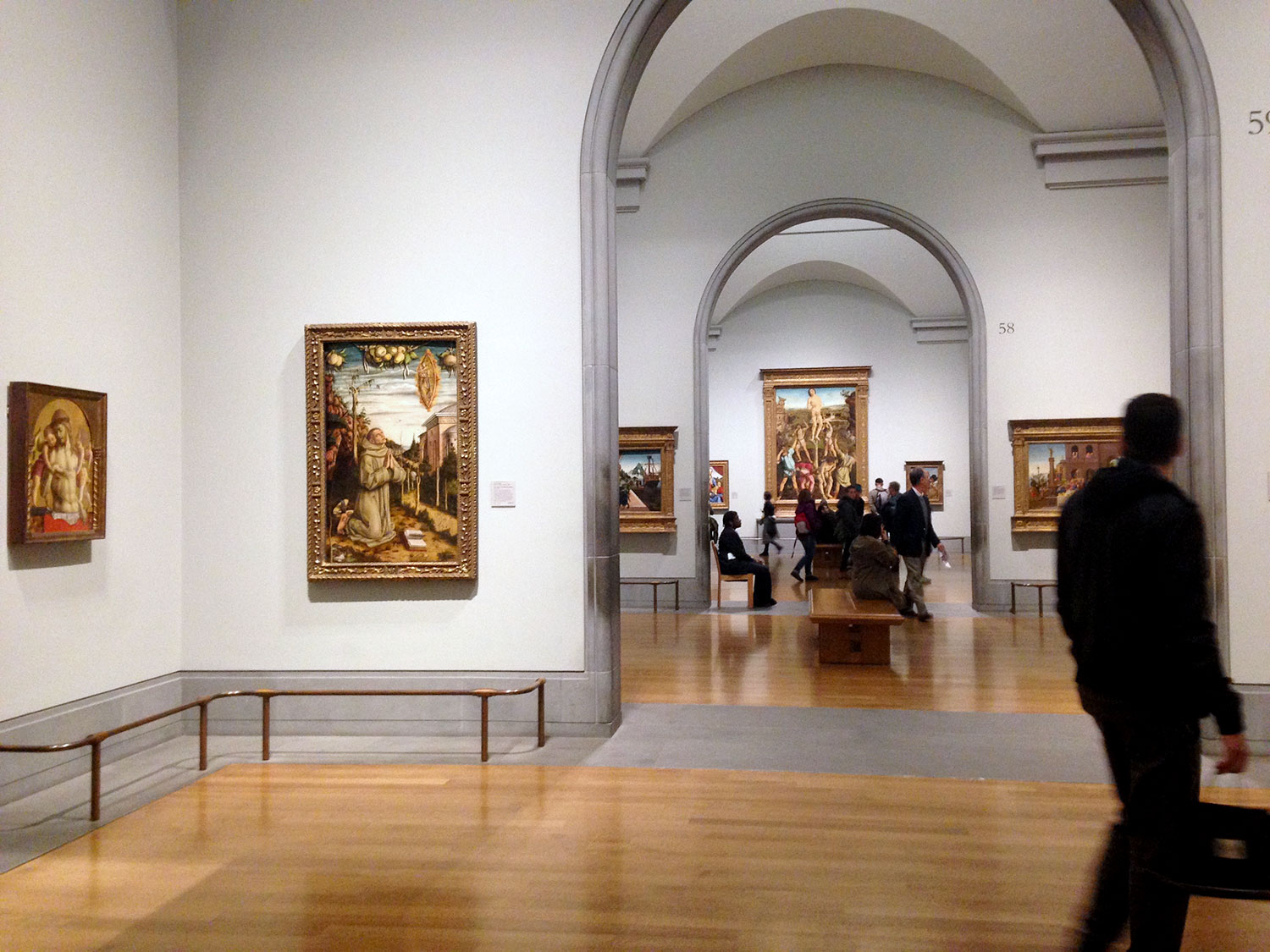
Fig. 3. View of the Sainsbury Wing. Photograph taken by the author.
2. On the screen
In the gallery, I am filled with impressions of the painting; on the screen, I become analytical, and I can see every brushstroke. Zoomed-in to the maximum capacity, I move around the image, dragging the curser over details, framing and re-framing sections of the image on my screen. This results in often unlikely pairings, which, seen out of context from the painting, appear bizarre. In one frame I see the golden Virgin and Child, the bird perching on the branch of a tree and the ends of the ribbon and leaves of the festoon that cast a shadow upon the painted sky (Fig.4). In the friar’s absence, the gazes of the holy figures appear directed towards the bird with his back turned from the viewer. The bird is the recipient of the Christ Child’s blessing.
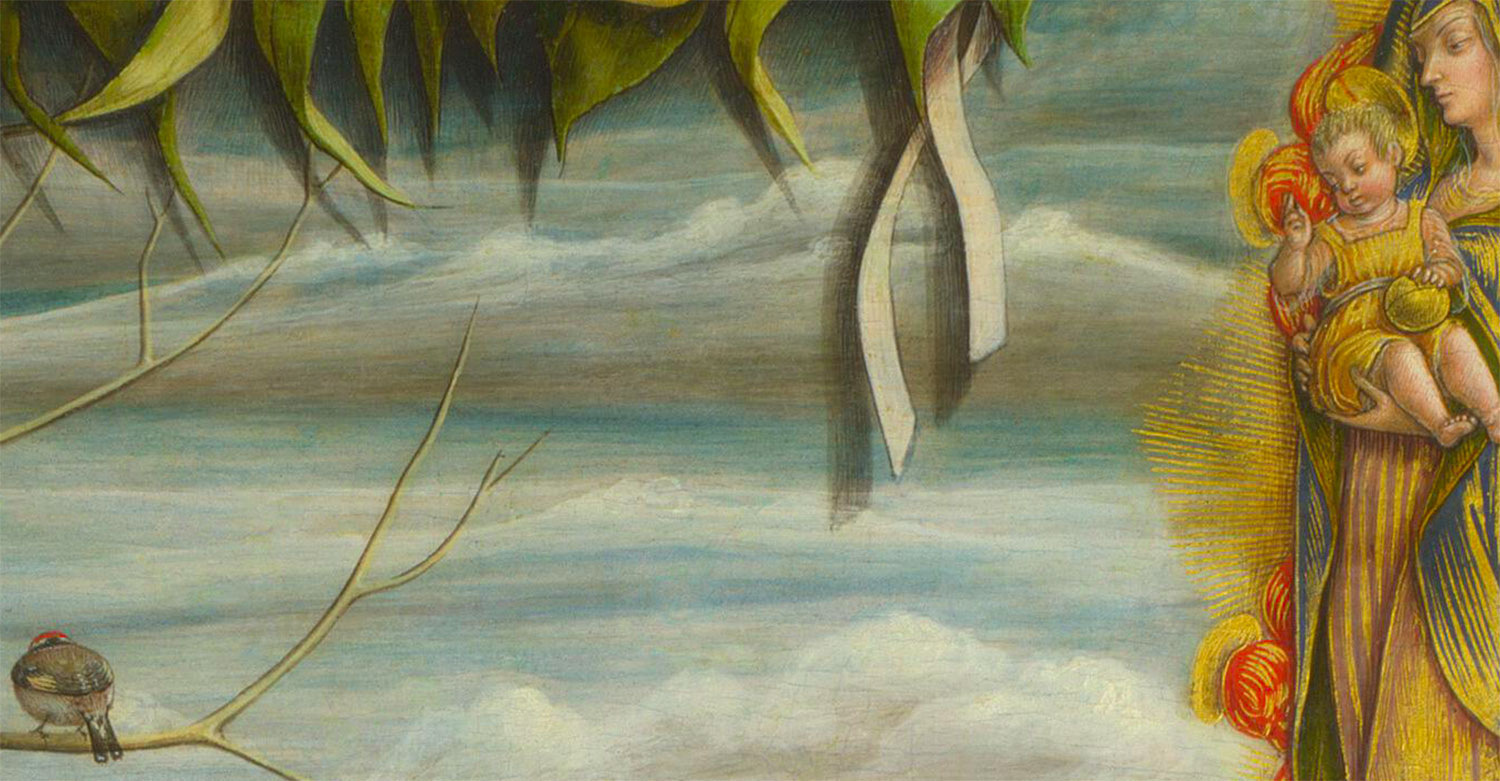
Fig. 4. Detail of The Vision of the Blessed Gabriele, © The National Gallery,
London.
In another frame (Fig.5), I see the friar’s hands joined in prayer with the landscape in the background. His enormous hands bless the oblivious unbelievers going about their daily business.
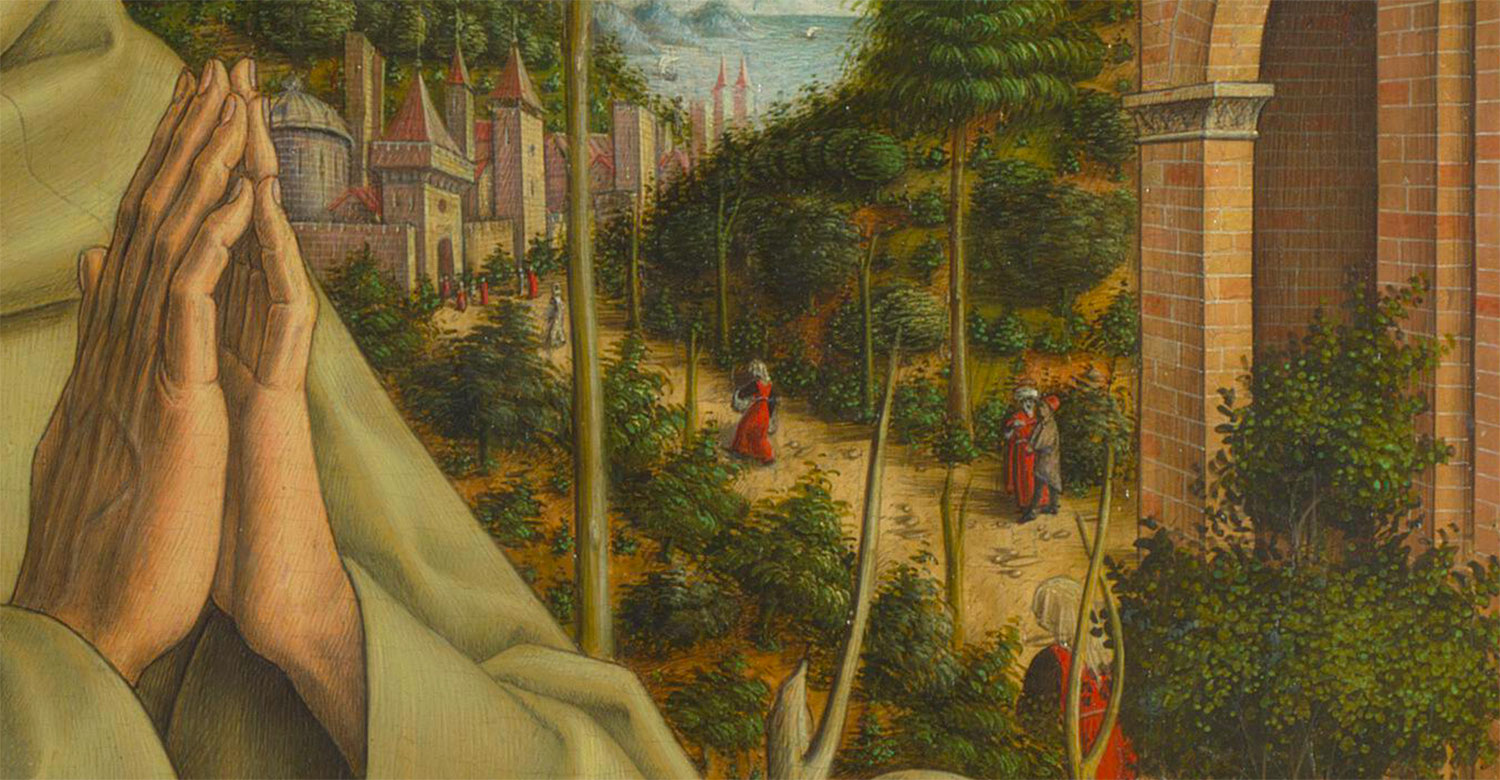
Fig. 5. Detail of The Vision of the Blessed Gabriele, © The National Gallery,
London.
These contradictions are possible only on screen; it is impossible to isolate areas of the painting in this way during an encounter, when the viewer is overwhelmed by the whole presence of the painting. My interpretations of these details are of course absurd, but it is significant that I have been able to make them at all. The images within the image, unbeknown to me until now, seem to hint at the inherent contradictions and mysteries contained by the work of art, waiting to be exposed by the imaginative viewer.
I notice that the physical, contingent qualities of the object are lost in the online image. The foliage appears as flat as any other part of the image, and yet I know that it has a globule-like consistency from having witnessed it in the flesh. In the flesh, however, I had failed to pay attention to the naturalistic duck and its duckling at the lower left-hand corner of the painting. The mother duck looks towards Crivelli’s signature. Directly above them, the friar’s two feet, and above those, his two zoccoli (Italian for clogs). This is a lyrical painting. The friar’s hands joined in prayer echo the mandorla (Italian for almond) containing his vision; the natural configuration of the jutting-out rock formations rhymes with the bundle of arbitrarily facing fruits; the gaze of the friar is answered by the gazes of the Virgin and Child; the intertwining branches of the tree by the rocky outcrop resonate in the curvilinear path that envelops the scene. This is a game of dimensions. These rhythms and the ambiguous proportions that became apparent when I encountered the painting in the gallery belong to the work’s intrinsic logic. I am prepared to accept and even relish that neither I, nor anyone else, will ever fully understand it.
1. That art history is inclusive is of ever increasing importance, as it emerges that the British government doubts the relevance of art history to contemporary society. In October 2016 it was announced that the exam board AQA, the last to offer art history A-level, would drop the subject from 2018, following a cull of ‘soft’ subjects from the curriculum.
2. Michael Baxandall, Painting and Experience in Fifteenth-Century Italy: A primer in the social history of pictorial style (Oxford and New York: Oxford University Press, 1972).
3. Keith Moxey, Visual Time: The Image in History (Durham, NC: Duke University Press, 2013); T. J. Clark, The Sight of Death: An Experiment in Art Writing (New Haven and London: Yale University Press, 2006).
4. Moxey, Visual Time, 99.
5. ‘Looking without talking’ took place on Friday 16 September 2016 in Rooms 22–28 of the National Gallery, London.
6. ‘Learning to look: How to focus in a busy gallery’ takes place on Saturday 11 February 2017 in the Sainsbury Wing Conference Room 1, National Gallery, London.
